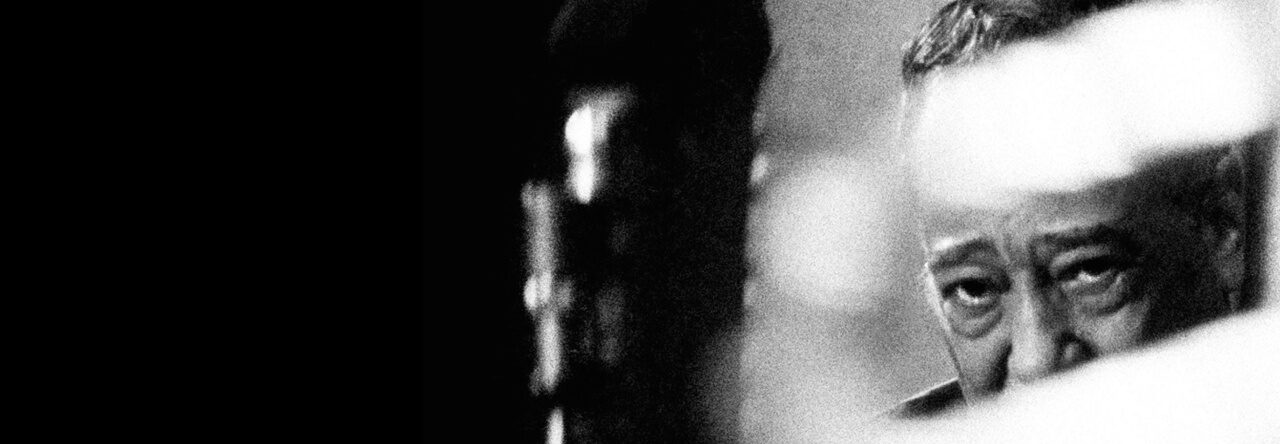” I had enjoyed the music of the great American dance bands of the 1930s and 1940s and the singers who graduated from their ranks in the 1950s for more than twenty years (an unusual passion for a teenager in the 1970s) when I happened upon a video of Duke Ellington made in 1966 playing at The Foundation Maeght in St Paul de Vence, France. Bassist John Lamb and drummer Sam Woodyard completed the trio and they were playing for sculptor and painter Joan Miró. The cool and style of Ellington in the sunbaked gardens of the Foundation among Miró’s installations and Giacometti’s bronze stick figures was something of an epiphany. Here was music that was life-enhancing and created by a musician who was among the first ranks of artists in the 20th Century. I have spent another twenty-five years since collecting and listening to his resonant and transcendent work.
I have been a member of the Duke Ellington Society UK for 25 years, a member of the committee and former Editor of the Society’s journal Blue Light for six years. In 2018 I suggested and helped to organize the 25th International Duke Ellington Study Group Conference which was held jointly by Birmingham City University and The Royal Birmingham Conservatoire. As part of this event, I have liaised with The National Jazz Archive UK in curating the Tony Faulkner Collection and this project is ongoing.
Recently, I have worked as a Reader for University of Mississippi on Ellington-related studies and completed liner notes for three compact discs of Ellington’s music from the 1950s which will be released over the next twelve months or so.
I have run a blog dedicated to the music of Duke Ellington and Billy Strayhorn for some 16 years and write a newsletter published via Substack called Tone Parallel. I am currently researching Ellington’s work in the 1970s and his final two pieces in particular, Three Black Kings and Queenie Pie.”
Ian Bradley
